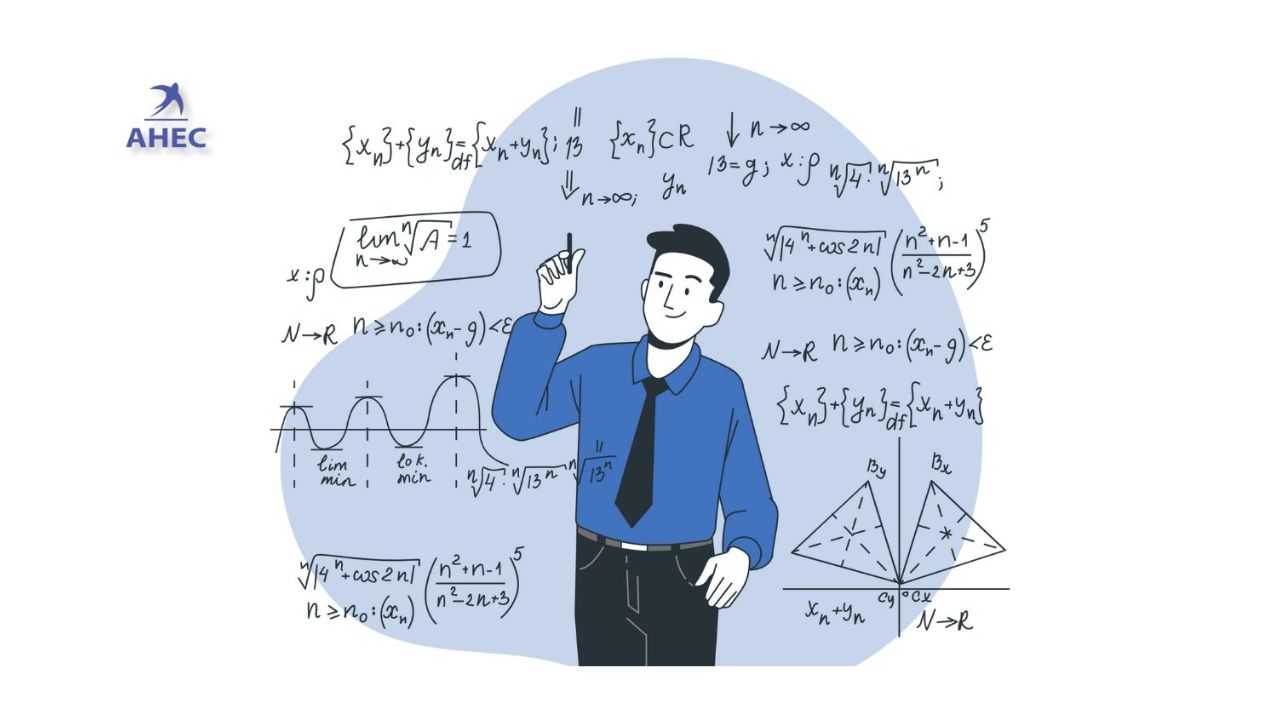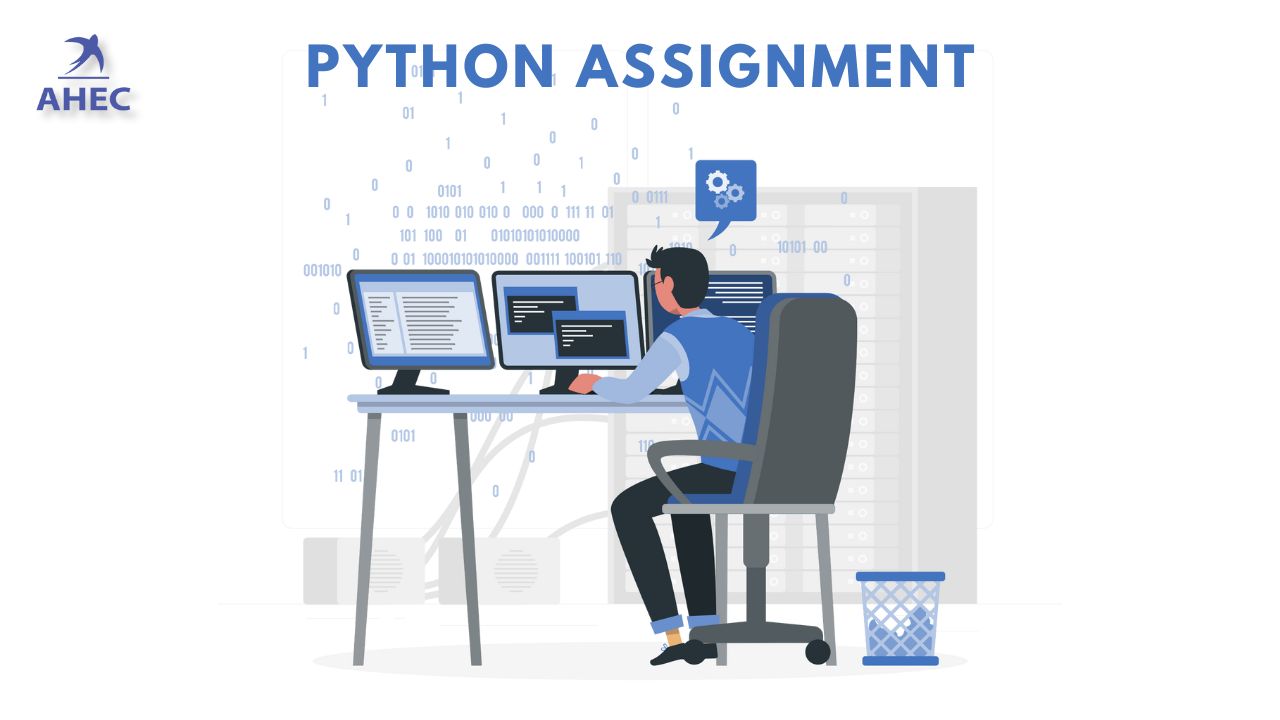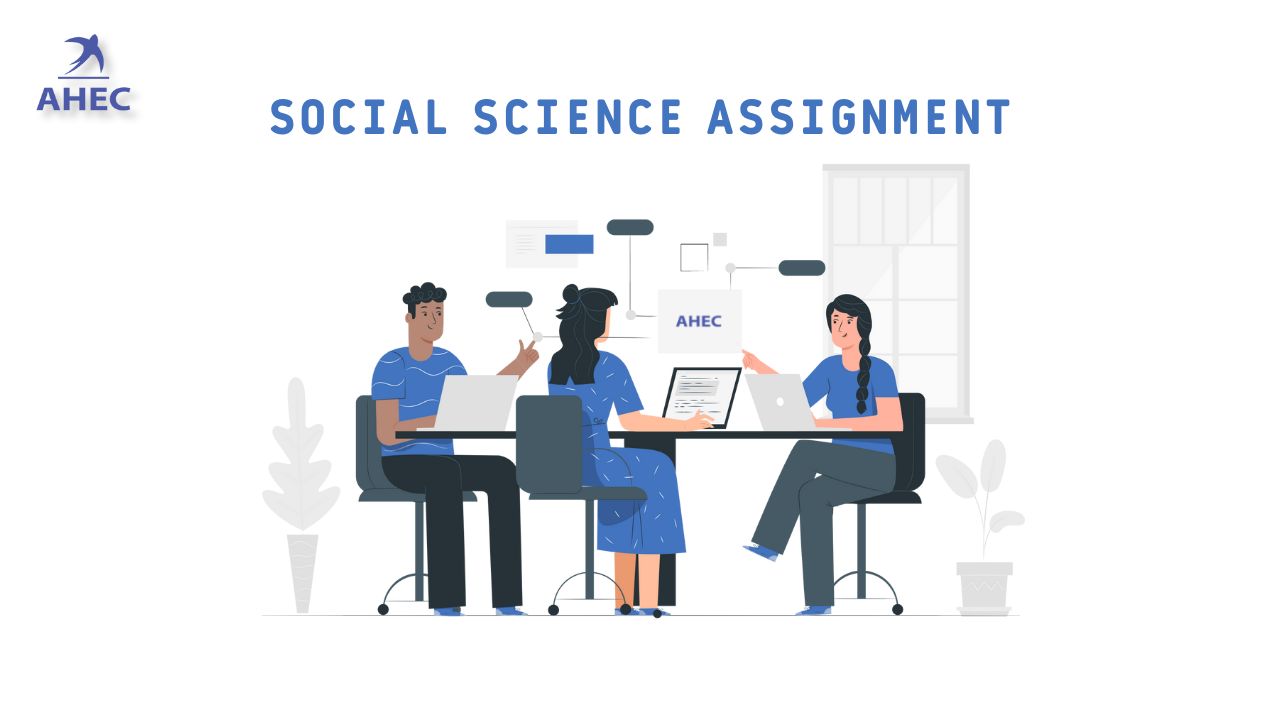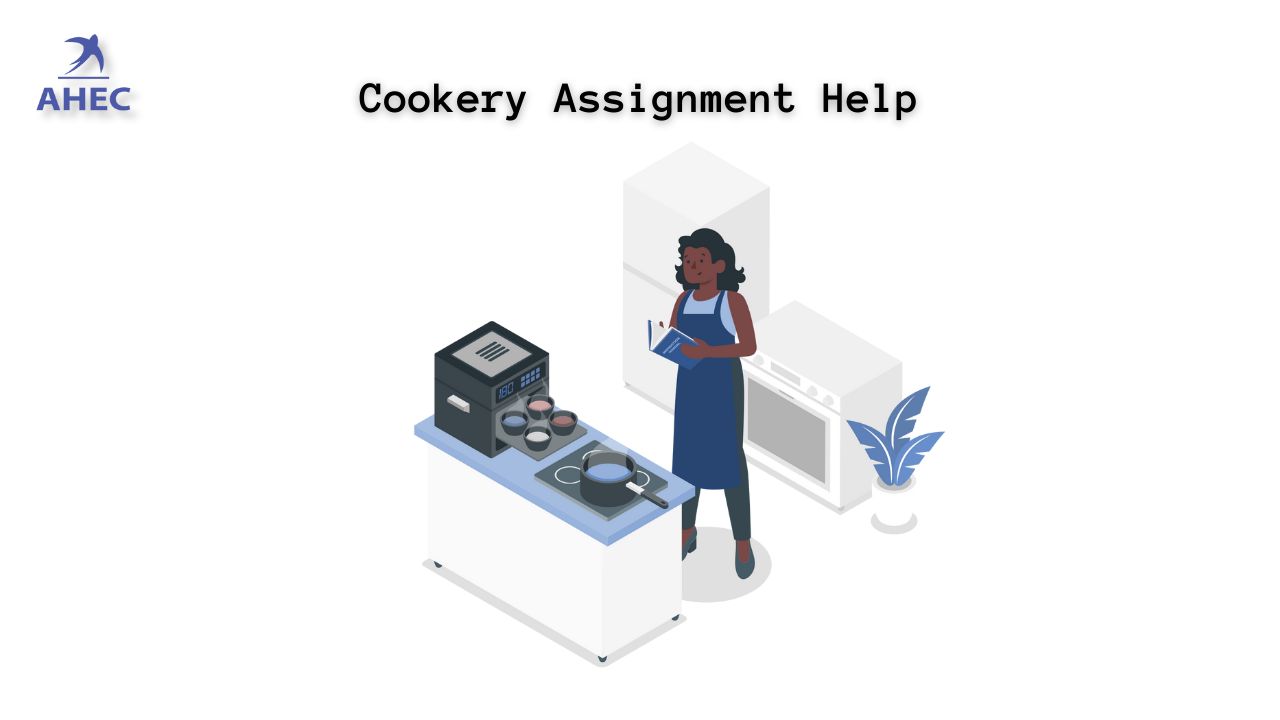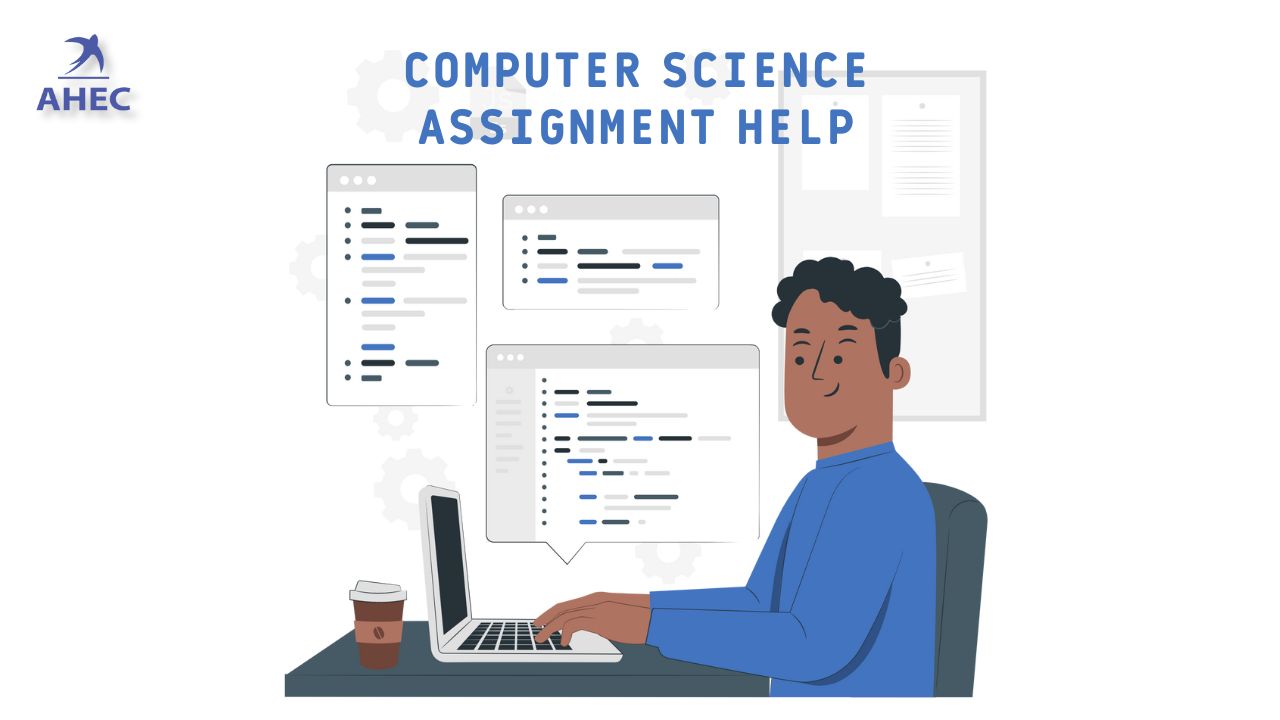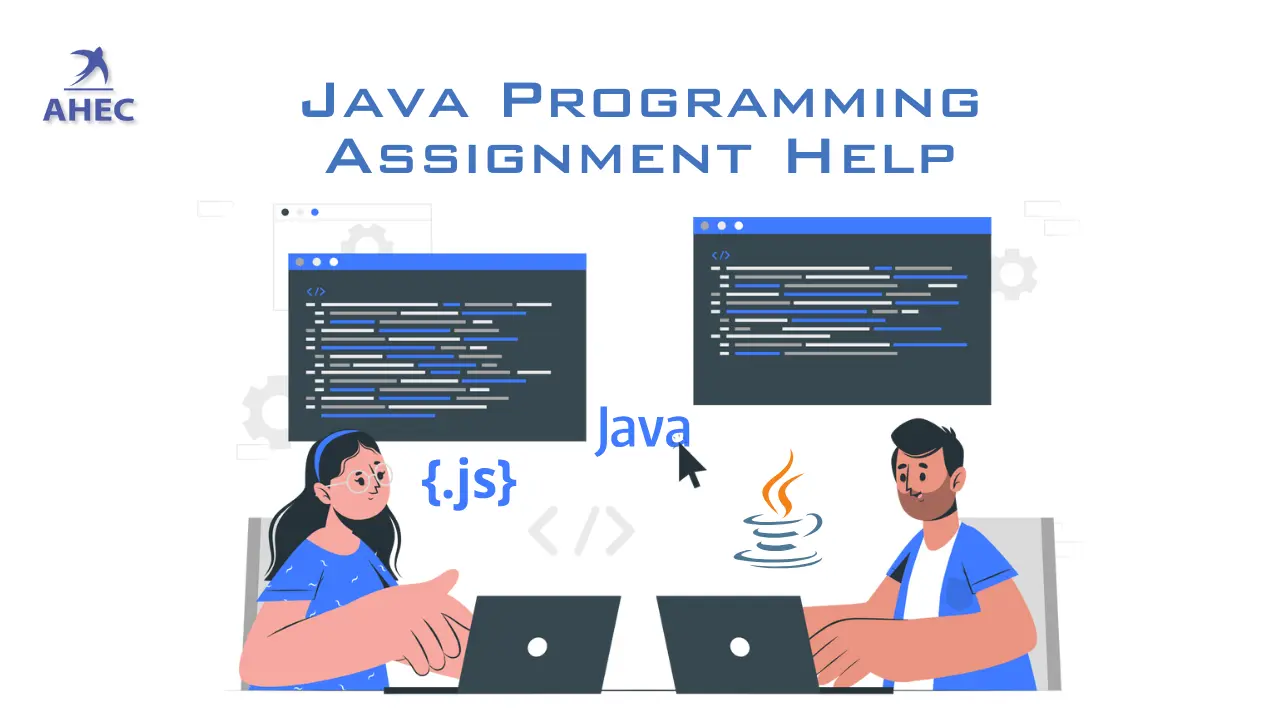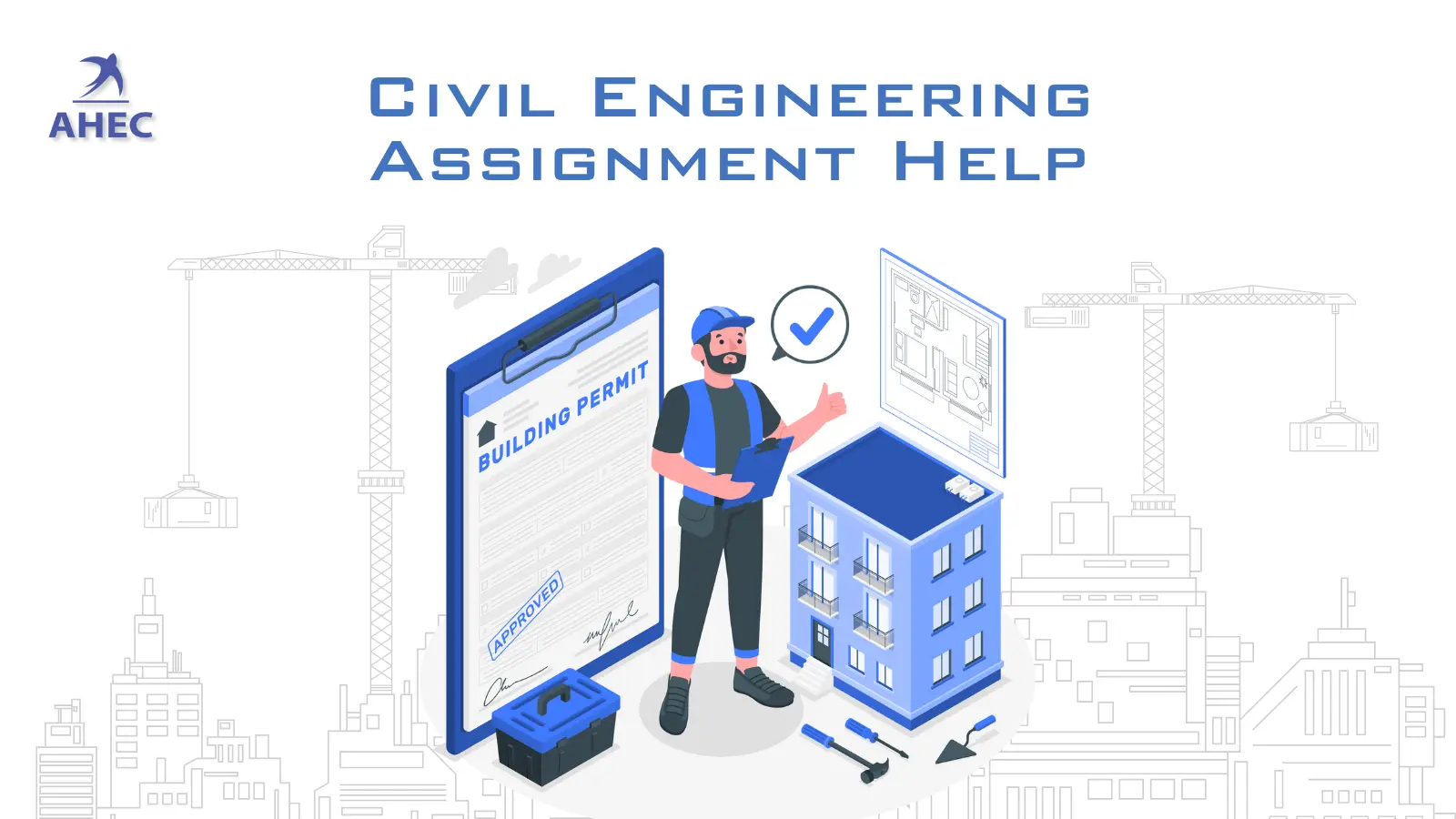A dissertation is a paper that students write to earn their college degree. Scholars consider dissertations to be critical. Due to the fact that the dissertation is a significant assignment or task that is on a larger scale than regular assignments, there is a lot that can be gained from it. This is because the dissertation improves a student's skills, which is why it is so important for students to finish it. Because this is an important point, it not only assists you in enhancing the quality of your academic writing but also makes a contribution to the overall grade you receive for your exams. And by doing so, you will need to save time and devote some time to building an outline and structure to make your work easier. In this piece, we'll take a look at the fundamentals of writing a dissertation, but you should also detail the specific measures you plan to take to finish the assignment. Therefore, let's examine each dissertation component and work together to produce a high-quality paper.
Parts Of A Dissertation
- Title page
- Abstract
- Table of contents
- Introduction
- literature review
- Methodology
- Results/findings
- Discussion
- Conclusion
- Reference
- Appendix
Title page
Since beginning with the title page is the first stage in the dissertation process, it is beneficial to give some consideration to the topic of the project before beginning. A student's name, the name of their institution or university, the date their submission was due, and the title of their dissertation are all included on the title page of their document. Ensure that you incorporate these into the dissertation portion of the process.
Abstract
The abstract is a summary of the entire assignment that provides an overview of the assignment as well as a summary of the assignment written in simple language. This brings us to the summary of the research questions, the most important findings, and the conclusion. And the point of an abstract is to provide the reader with a concise overview of the central argument of the dissertation without making it necessary for them to read the complete document.
Table of contents
The creation of a table of contents is the first step in the process, and it's also the most crucial. The dissertation's table of contents should offer a description of all of the major sections and subsections of the dissertation as well as provide clear instructions for examining the assignment.
Introduction
The introduction says what the study topic is and what it means. As well as that, the beginning describes the objective of the dissertation by providing an explanation of the issue's history. The main goal is to explain the research topic and interest the reader. In addition to serving as a guide for the individual chapters, it guarantees that the entire manuscript flows together smoothly. The reader will have no trouble following the argument presented in the dissertation if they read this.
Literature review
The section of the dissertation known as the "literature review" is extremely significant due to the fact that writing a literature review necessitates the use of journals and research articles in order to obtain the necessary data. Overall, the literature review shows the reader that the scholar has done their homework, has found where the research is lacking, and has established a theoretical foundation for the investigation. It gives an overview of the previous research that has been done and serves as a foundation for the research technique.
Methodology
The methodology describes the circumstances under which the research was conducted as well as the approach taken to the analysis of the data. And in this, each and every piece of knowledge is a step-by-step approach. In order to convey to the reader what has been researched and how it was researched, you must be clear about the research methodology, data collection, and analysis techniques used.
Results/findings
In the majority of cases, this particular issue is not written down separately. Moreover, the findings include either the original information or the summarised data presented in a clear and organized way. that includes the tables, charts, and graphs, as well as writing out the findings to demonstrate the research in an understandable format. In addition, it is necessary to provide supporting sentences in order to clarify the findings.
Discussion
The portion of the lesson referred to as "discuss" is the point at which students are asked to basically write the finding explanation, and it extends beyond the presentation of basic data and broad comprehension. It is important that the findings be presented in an objective and accurate manner, without any interpretation or further discussion.
Conclusion
The conclusion is a synopsis of the primary argument that was presented in the dissertation. Also, make sure you write the conclusion in a way that is short, easy to understand, and gets right to the point. as well as that the reader should be left with a clear understanding of what it is that you want to say, as well as that you should have made your point in a clear manner, and lastly, one should not neglect to compose the last line in order to leave a great impression.
Reference
In this section, you'll need to double-check that your references are formatted correctly. Ask the professor or read your brief to find out about the citation style, and then compose this area of the dissertation to offer the relevant information for readers to identify and verify the mentioned works.
Appendix
It is the final component of the dissertation, and it primarily consists of questionnaires, research, additional tables, and charts, as well as other additional information. Furthermore, this section includes extra content that supports the main body of the dissertation.
Conclusion
This piece of writing has provided readers with the opportunity to learn about the structure of the dissertation as well as the steps that need to be taken in order for readers to be able to compose an excellent dissertation. Make sure you stick to this structure so you can succeed academically.



































